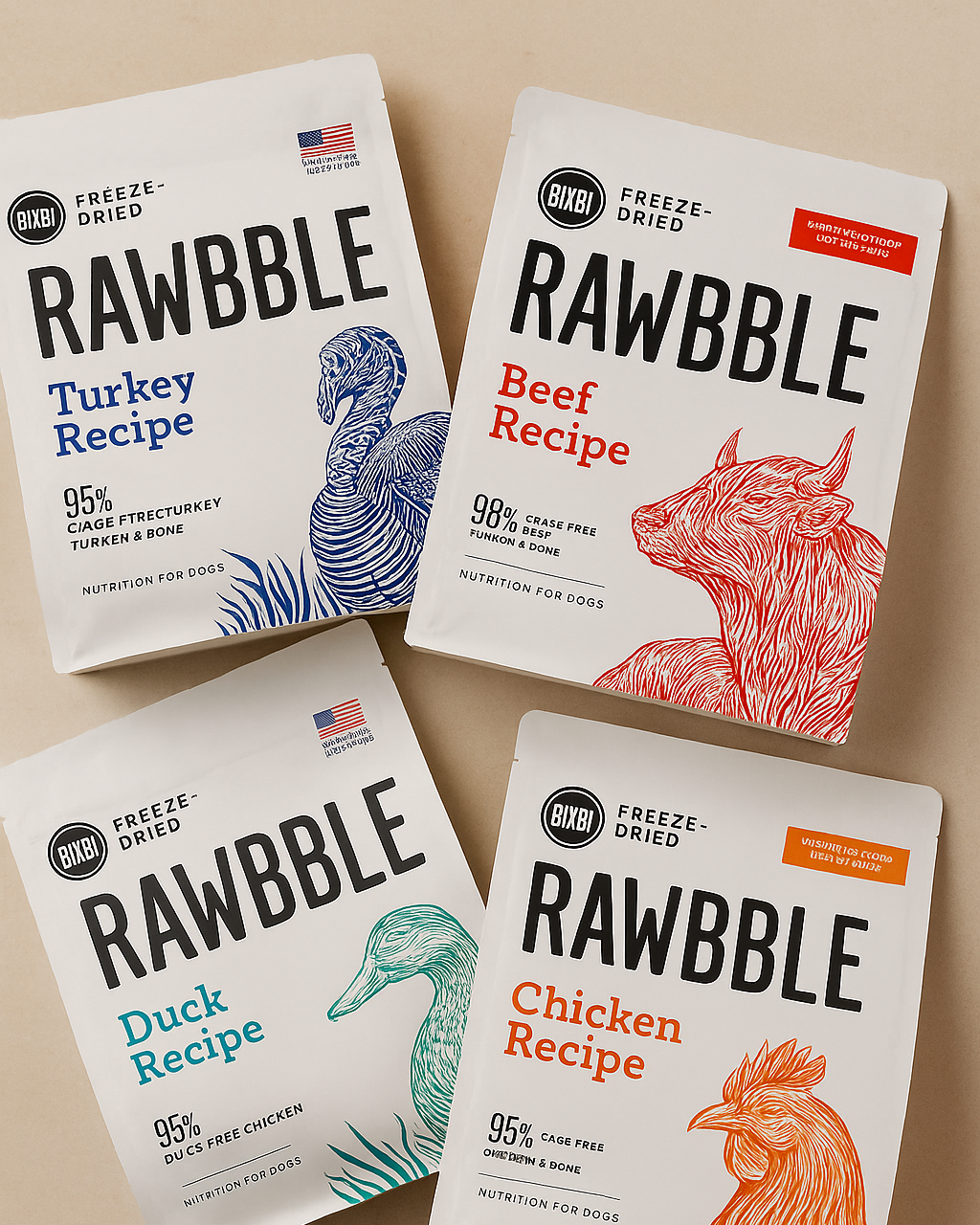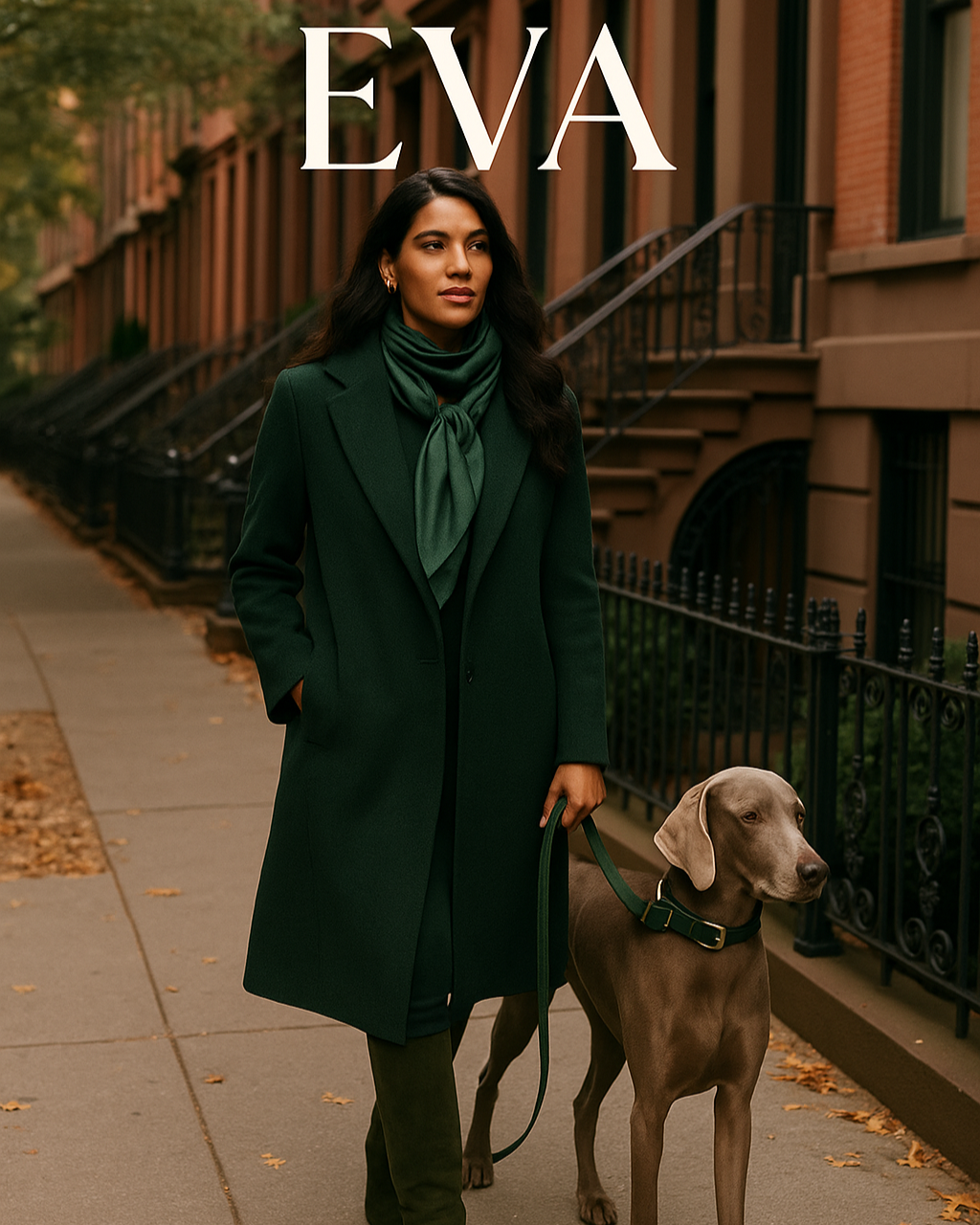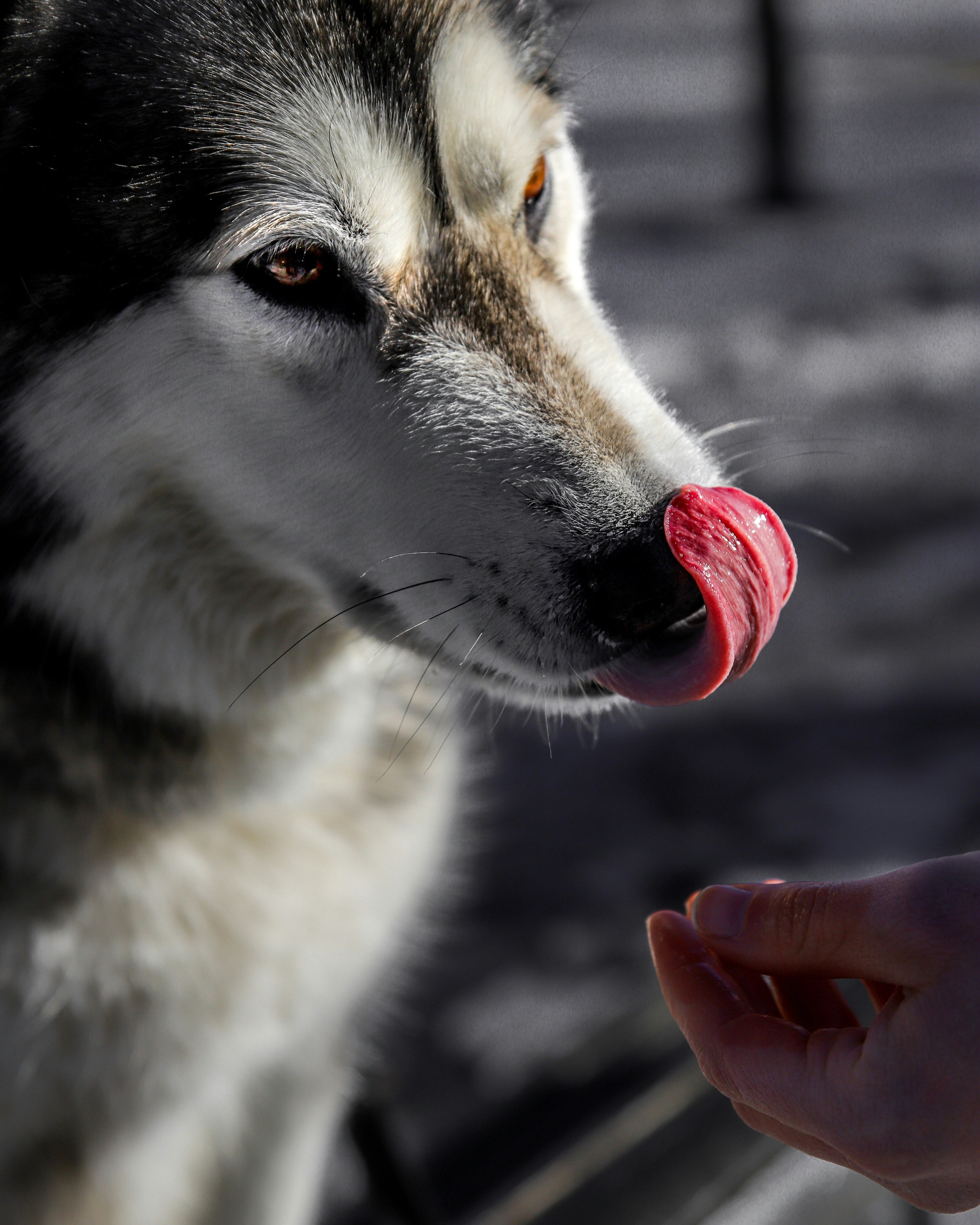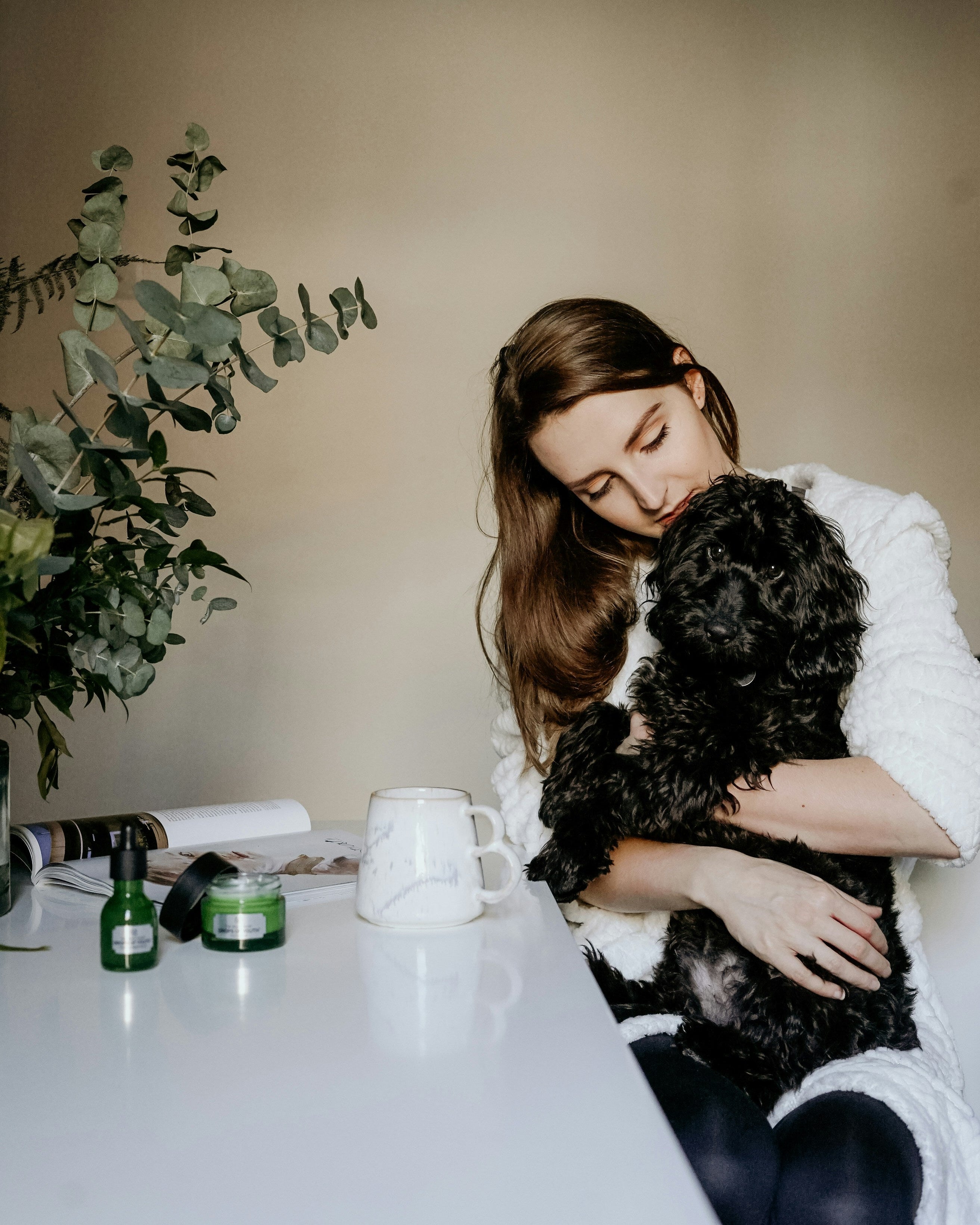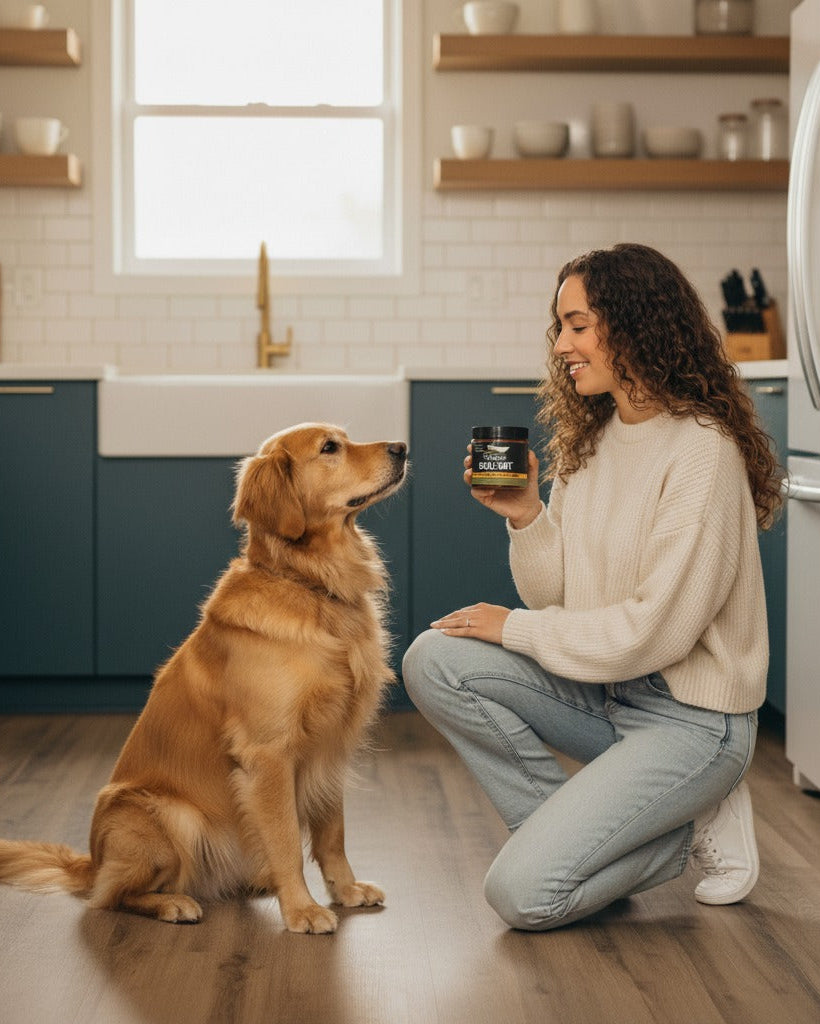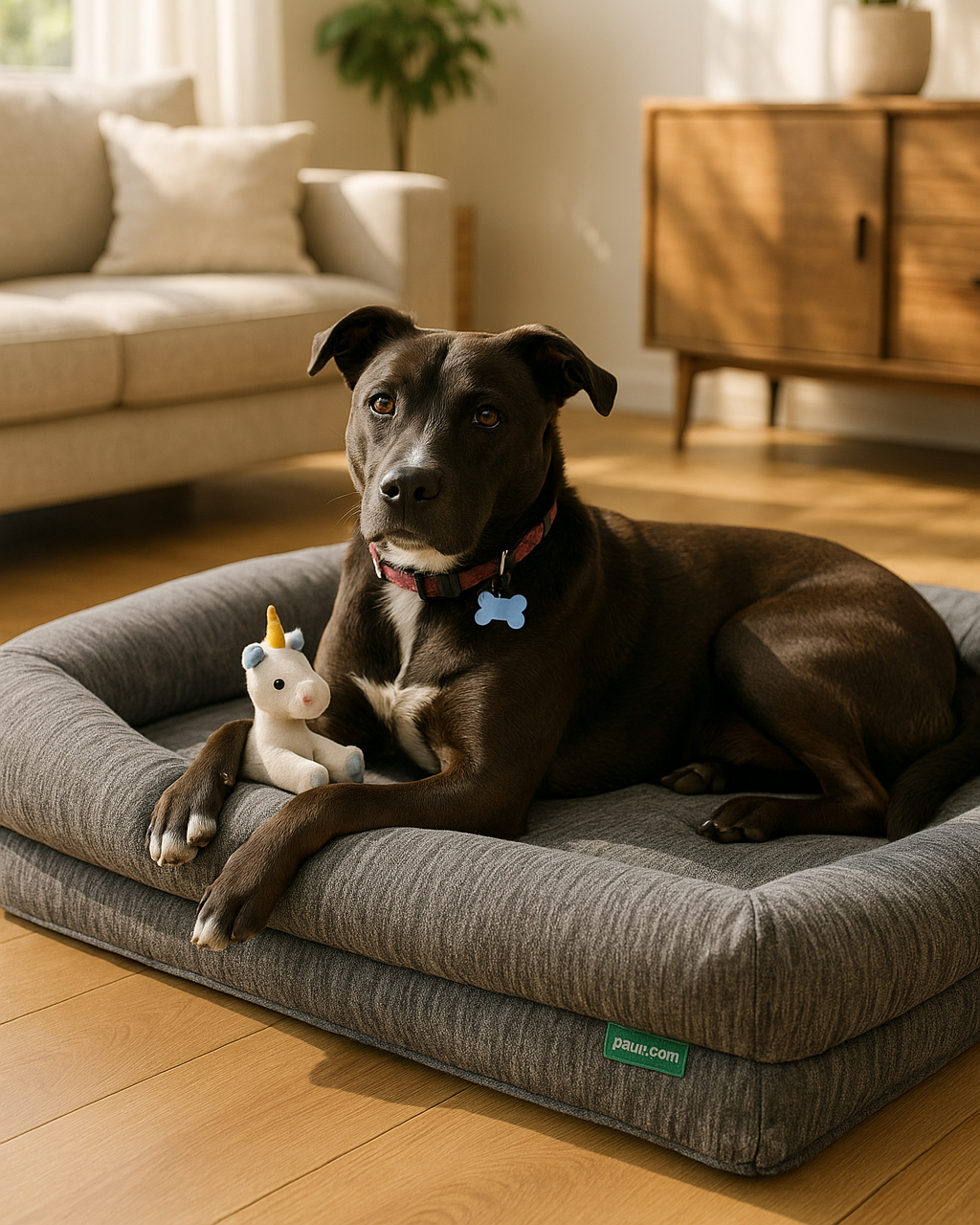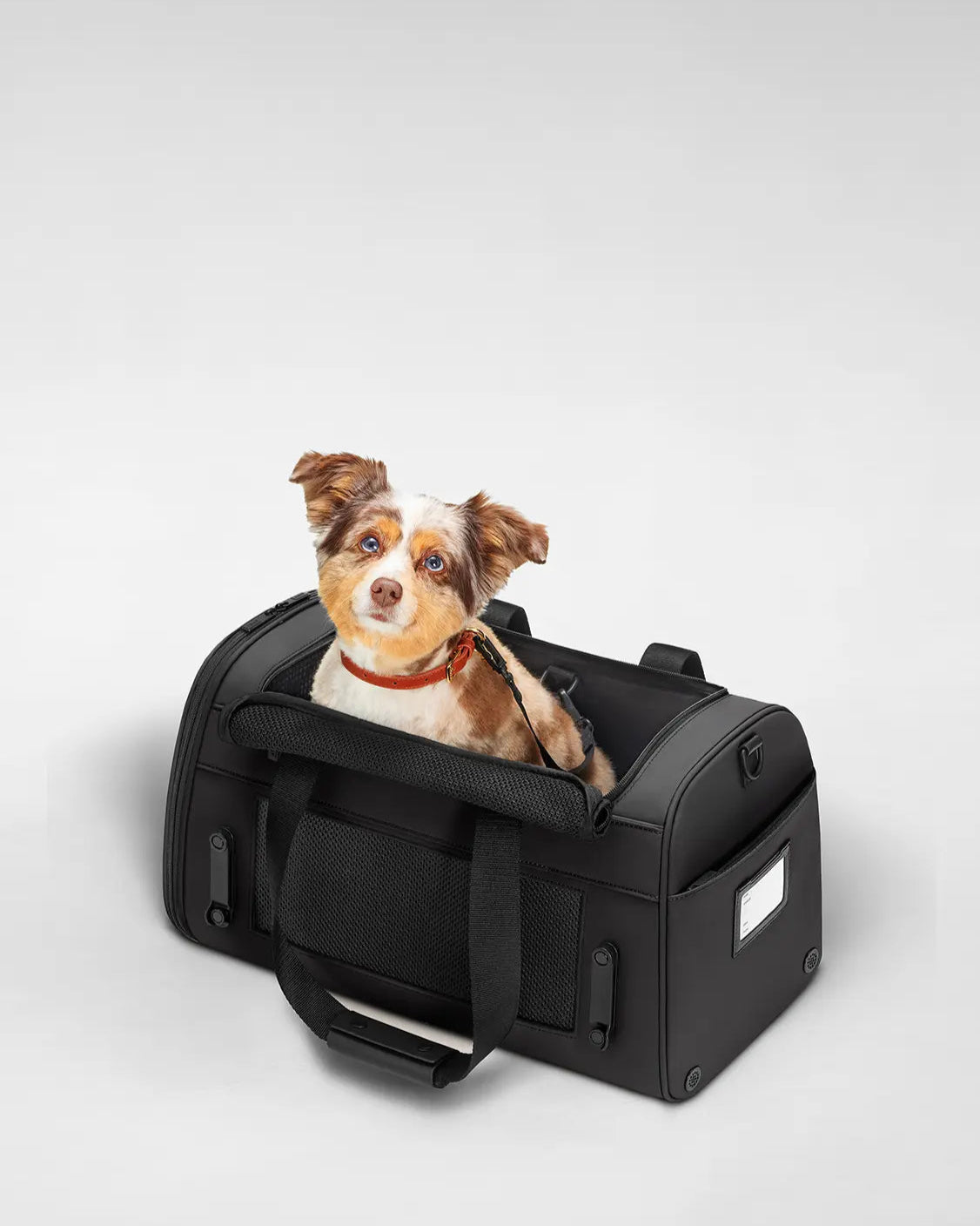How Much Does a Dog Really Cost?
(Monthly & Annual Budget Breakdown by Breed & Age)
At Eva, we believe that doing the right thing starts with being informed. Dog ownership is one of life’s greatest joys, but it also comes with real responsibilities, especially financial ones. Whether you're adopting a puppy or welcoming a senior rescue, it's important to ask: How much does a dog cost per month? And more importantly, are you truly prepared?
What To Expect
In this guide, we break down the costs of owning a dog, by breed, age and lifestyle, so you can budget for owning a dog with confidence and care.

What Is the Average Monthly Cost of Owning a Dog?
Every dog has different requirements, but you’ll almost always need to account for:
● Food and treats,
● Routine veterinary care,
● Preventative medications (flea, tick, heartworm),
● Pet insurance or emergency fund,
● Grooming (depending on coat type),
● Toys, bedding, leashes and basic gear,
● Training, especially for puppies or rescues,
● Among more tailored requirements…
Overall, a small dog may cost less than $100 per month, while an active large breed with medical needs can easily top $400 monthly.

The First-Year Costs
The first year of dog ownership is often the most expensive. You’ll be responsible for one-time fees that can include:
● Adoption or breeder fees,
● Spay or neuter surgery,
● Initial vaccinations and vet visits,
● Crates, beds, collars, bowls and other essentials,
● Training classes (or private sessions),
● Microchipping,
● Licensing and registration.
These initial costs typically fall in the $500 to $2,000+ range, but can be higher depending on your dog’s background or breed. While this may seem like a lot, it’s part of giving your dog the safe, healthy start they deserve.

The Ongoing Annual Costs
Once the first year is behind you, expenses tend to stabilize. Most families spend between $1,200 and $3,600 total per year on their dog. This includes:
● Yearly wellness exams,
● Vaccinations and preventative care,
● Food and treats,
● Grooming appointments,
● Insurance premiums or emergency savings,
● Replacement supplies and gear,
● Occasional boarding or pet-sitting.
Of course, surprises can, and will, happen so that’s where pet insurance or a dedicated emergency fund becomes important.
Pet Insurance vs Paying Out of Pocket. Is It Worth It?
This is one of the most frequently asked, and discussed, questions among dog owners. What's most important is that you're prepared, whether through insurance, savings or both.

Pet Insurance
Dog insurance normally costs between $30 and $80 per month, depending on your dog's breed, age and coverage level. Some policies just cover accidents and emergencies, while others include wellness checks, dental care and prescription food. If you do go with insurance is better to begin the policy as a puppy because it is less expensive to start and remains less expensive throughout the life of the policy.

Out Of Pocket
So, is it worthwhile? That depends on your financial status. If an unexpected $2,000 surgery would be a big financial burden, insurance might provide peace of mind. If you can comfortably pay out of pocket, you may want to self-insure by saving a small amount each month. This is called self insurance when you keep some money aside specifically for the purpose of paying medical/vet bills.
Puppies vs Adults vs Seniors – Age Affects Everything
Adult dogs usually cost less on a monthly basis. Their requirements are more predictable and they are typically housetrained, which reduces the need for regular professional training. All that being said, each stage of life has its own set of expenses, but with proper planning, each period may be equally rewarding.

Puppies
Puppies are adorable but are pricey. They require immunizations, spaying/neutering and training, and they frequently outgrow their gear and collars.

Adults
Adult dogs usually cost less on a monthly basis. Their requirements are more predictable and they are typically housetrained, which reduces the need for regular professional training.

Seniors
Senior dogs may require specialized diets, medications or more frequent veterinarian appointments. Joint supplements, dental work and mobility equipment can quickly add up.
Dog Ownership Costs by Breed
One of the most important aspects in your dog's monthly cost is its breed and size. So, if you're curious about dog ownership costs per breed, it's a good idea to look at both the average size and the usual health concerns of the dog you're contemplating.
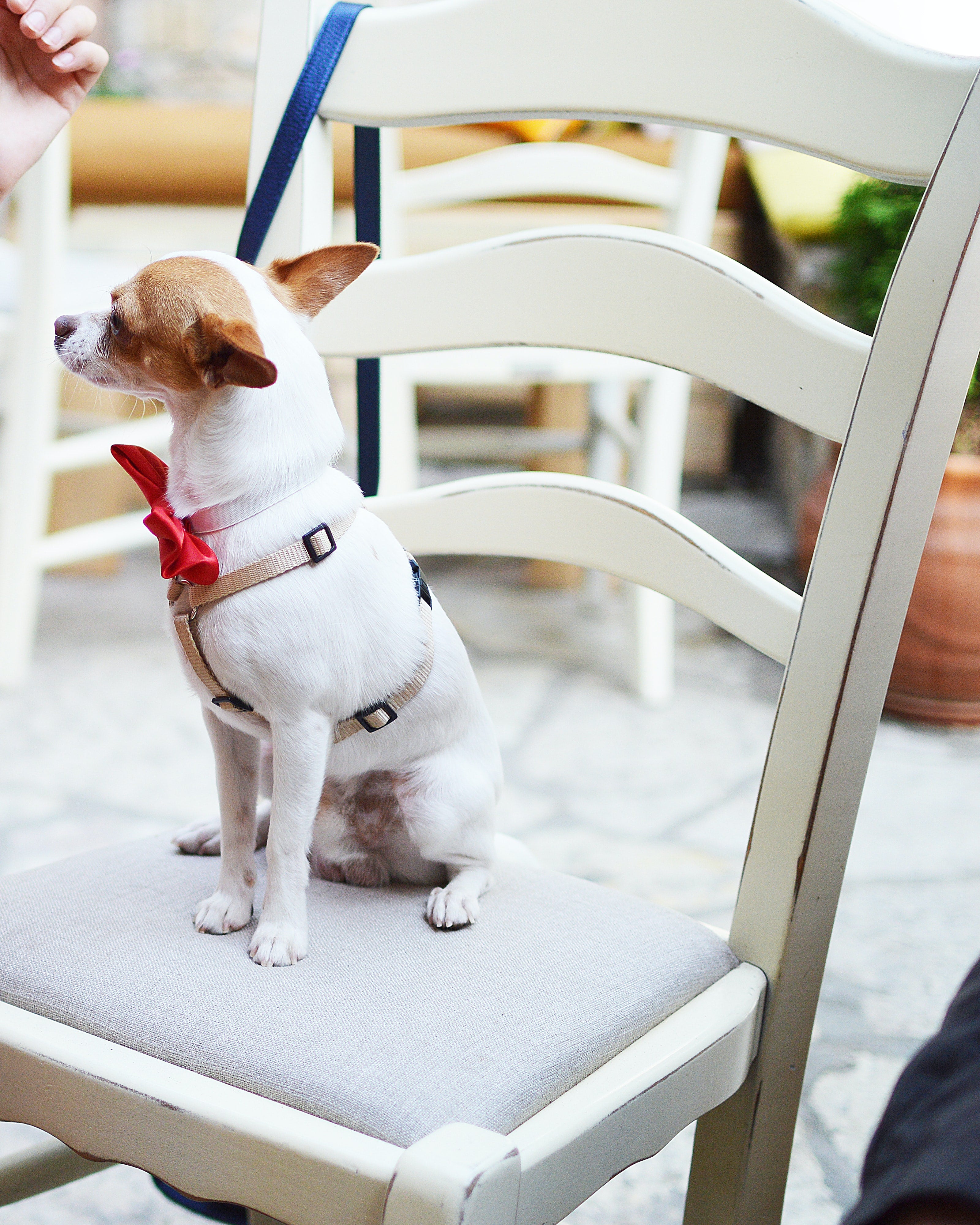
Small Dogs
About: Small dogs like Chihuahuas, Yorkies, and Pomeranians tend to be more affordable when it comes to food and basic care — their needs are, quite literally, smaller. But that doesn’t mean they’re low maintenance across the board.
Special Considerations: Dental care is a common issue, so regular brushing and cleanings are key. Many small breeds also need routine grooming, especially if they have longer coats. Their compact size can make them more sensitive to cold, injuries, or rough play, which often means investing in supportive gear and thoughtful handling.
Best Fit For: Great for families, city dwellers, or new dog parents looking for a low-fuss but engaging companion. Medium-sized breeds tend to be flexible, friendly, and responsive to routine, making them an easy fit in many lifestyles — as long as their need for attention and activity is met.
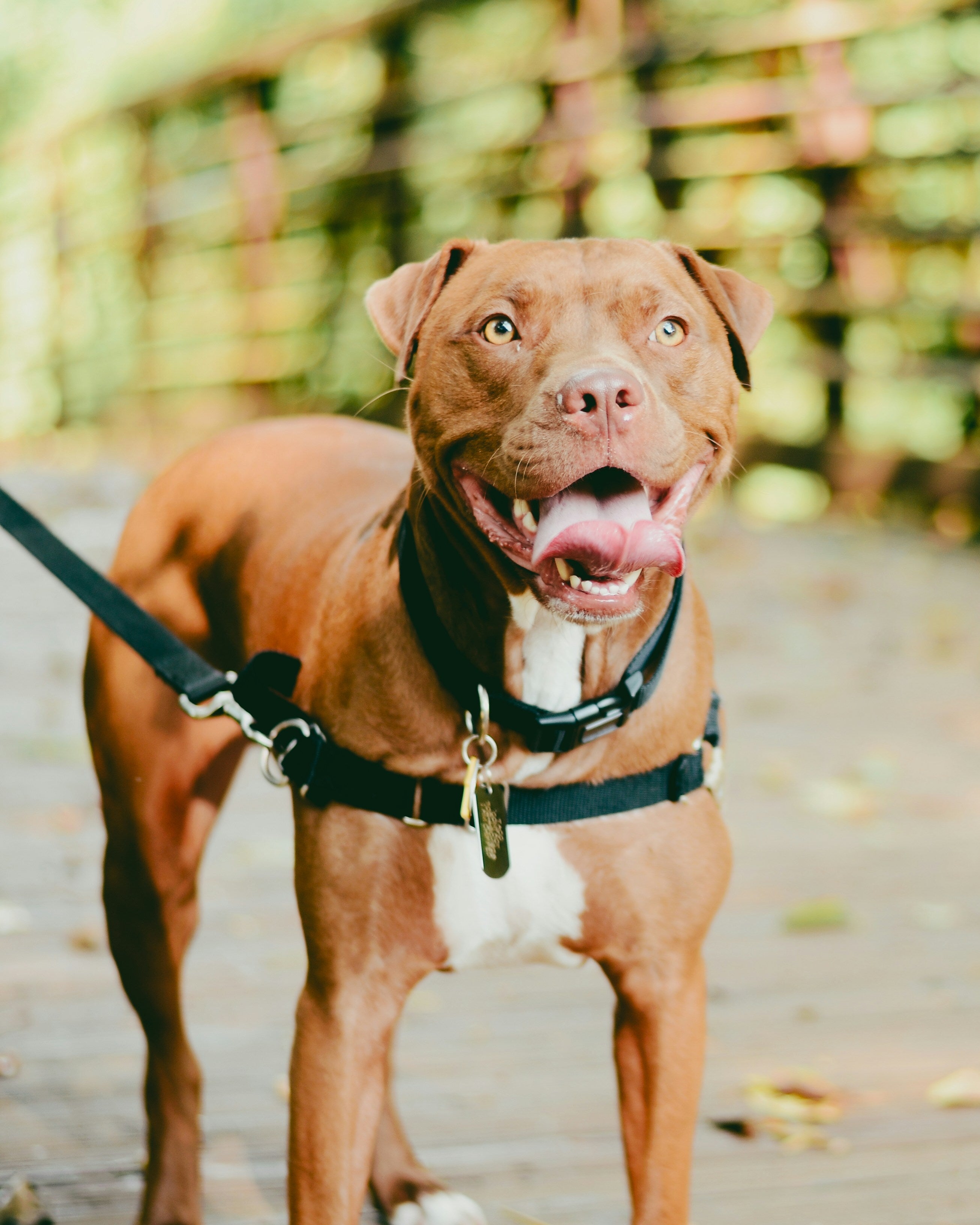
Medium Dogs
About: Medium-sized dogs like Beagles, Spaniels, and French Bulldogs offer a balanced approach to care. They typically require moderate food, routine vet visits, and adapt well to both small and larger living spaces.
Special Considerations: These dogs tend to have curious, active personalities, so regular movement and mental stimulation are important. Toys, gear for seasonal weather, and occasional training refreshers can help keep them balanced.Grooming needs vary by coat type, but are generally manageable.
Best Fit For: A versatile choice for families, city dwellers, or first-time dog parents — as long as there’s room in the day for movement and attention.
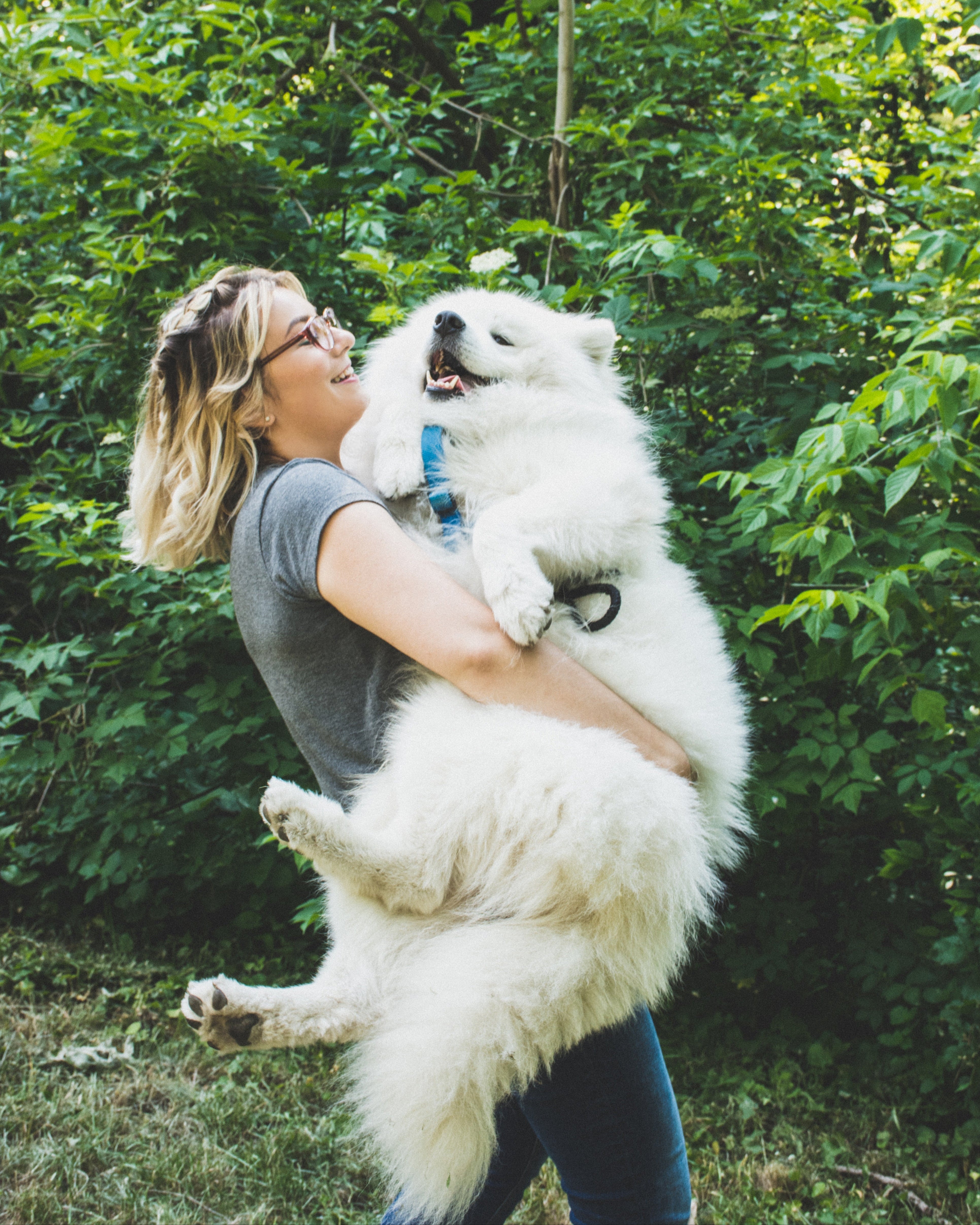
Large Dogs
About: Large breeds like Labradors, Golden Retrievers, or Great Danes come with big hearts — and often bigger budgets. Their daily food intake is higher, their gear needs to be more durable, and they tend to outgrow lower-cost basics quickly.
Special Considerations: Health-wise, larger dogs are more prone to joint issues, hip dysplasia, and heart concerns, which can mean more frequent or specialized vet visits. They also benefit from supportive bedding, harnesses with structure, and toys built for serious chewing.
Best Fit For: Homes with space to roam and a budget to match. These dogs thrive with consistent movement, a bit more room, and thoughtful wellness planning. Believe it or not the largest dogs like Great Danes tend to be great for apartment living since they enjoy lounging around more than smaller dogs.

Breed Specific
About: Many breeds come with known health risks that can affect both daily care and long-term costs. Understanding these tendencies early helps you plan smarter.
Special Considerations: Flat-faced breeds like French Bulldogs or Pugs are prone to respiratory challenges. German Shepherds, Labradors, and other larger breeds may be more susceptible to hip or joint issues. Some breeds may also be predisposed to skin sensitivities, food allergies, or heart conditions — all of which come with both lifestyle and financial implications.
Best Fit For: Pet parents who want to be proactive — especially with breeds known for specific health needs. It’s about choosing with eyes open, and caring with intention.

Give Your Dog the Care They Truly Deserve
Ready to welcome a dog into your life or just want to be the best pet parent you can be? At Eva, we believe doing the right thing starts with being prepared. Explore our curated selection of high-quality dog essentials and give your pup the care they deserve!
FAQs About Costs
From daily maintenance to deeper cleaning, ensure beauty, longevity, and comfort with our pillow care guidelines.
Unexpected veterinarian treatment is generally the most expensive aspect of dog ownership. Emergency operations, chronic sickness treatments and specialist visits can quickly amount to thousands of dollars. Planning ahead of time, such as with pet insurance or a dedicated savings account, can help you minimize financial stress.
Generally, yes. Small dogs consume less and typically have reduced medication and boarding expenditures. However, certain small breeds require frequent grooming or have expensive health issues, which can offset costs.
It may be. Insurance covers emergency care and chronic diseases, providing overall peace of mind. End of the day your pup is a member of your family and you don't want cost to be the deciding factor between care that keeps them alive or not.
Expect to spend $60-$300 per month, depending on your dog's size, age and nutritional requirements.
Emergencies, dental care, training, travel boarding and damage to furniture or belongings are all common surprise expenses.


